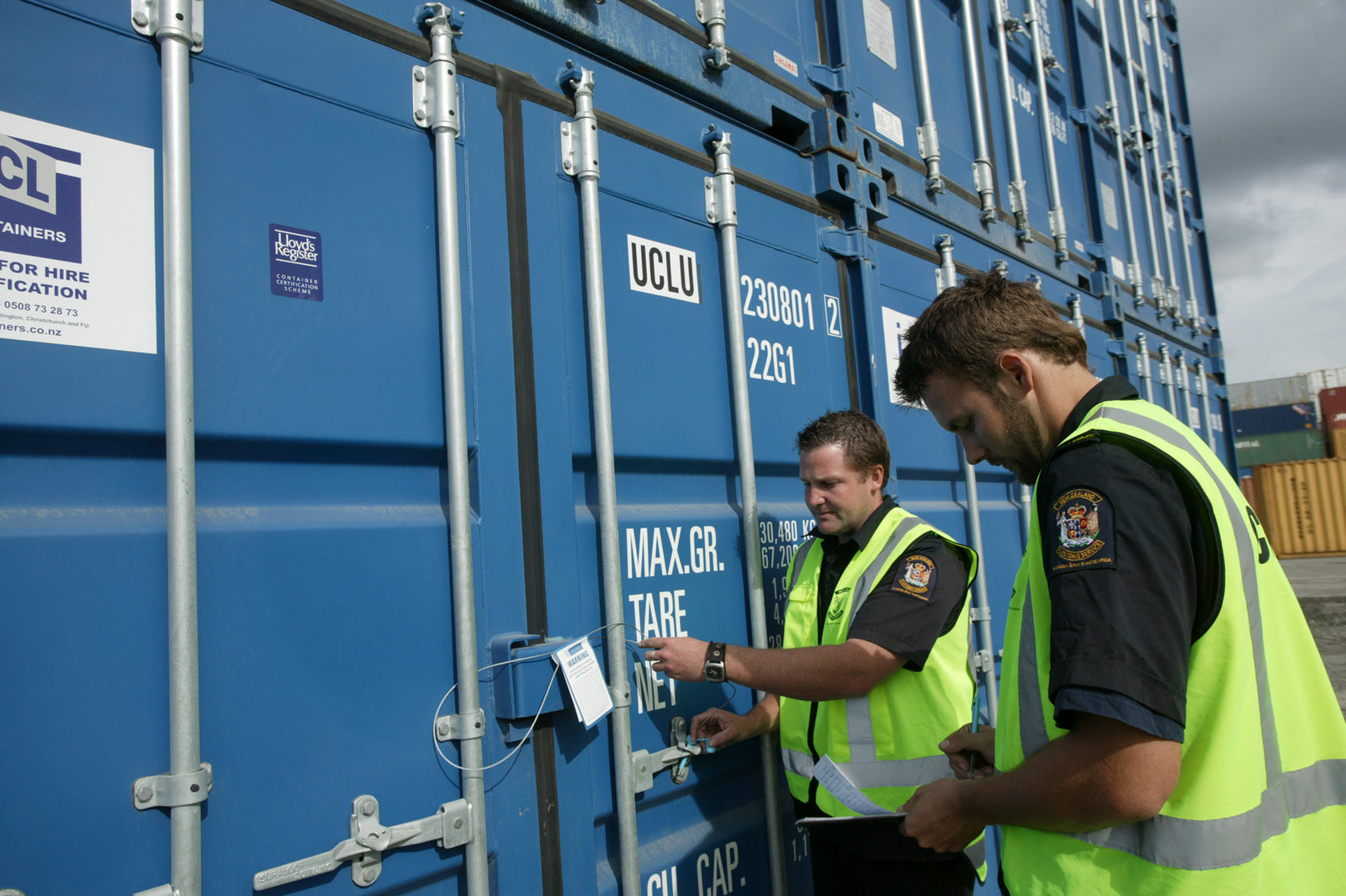Transit and warehouse damage is an infuriating thing many businesses have to deal with often. It's a big expense, a huge waste of time, and can be damaging to your business's reputation. Fortunately, there are measures you can take to reduce the likelihood of your customers receiving damaged goods. Here are our top 6 packaging tips for minimising damage during transit.
Pack your goods in a suitable container
One of the first things you can do to minimise damage is to pack your goods in a container that reduces the chances of damage. Before you start packing, make sure your container is designed to provide effective protection for your goods. Look out for cheap boxes or crates as they are often not designed to protect your goods.
When choosing containers, the following factors should be taken into account:
Durability - Check that your container is made of resilient cardboard or plastic, that it does not break down easily and that it can be removed in one piece in the event of an accident.
Size - Make sure that the size of your container is not too big. More space means more room for your product to move around in and potentially break. Conversely, make sure the container is not too small. This may deform your inner packaging or even the product itself.
Weight - You want enough weight to make sure your packaging is sturdy and does its job but not so much that it will cost you heaps. We recommend that you consult your local post office about what’s best for your products in regard to packaging weight.
Use a cushioning material
Protecting the goods and ensuring they don't shift during transit is one of the best ways to avoid damage and save time. Look for cushioning materials such as felt-lined boxes or foam inside to ensure a stiff and secure hold in transit. Also consider bubble wrap and foam peanuts.
If possible, our advice is to package sturdy and fragile items together and ensure the items are packaged in a way that does not put them at risk of damage during transport.
Keep your goods upright
Contrary to popular belief, positioning your products on their side will increase the likelihood of damages occurring. This takes up greater surface area, meaning there is more room for damage. To tackle this, position your product upright, just as you would if it were on display.
Seal the container
No matter what you’re sending, when you're packing and transporting goods, sealing the container is a vital part of the process. Doing this will protect your goods from any inadvertent damage on its journey. Once you've sealed the container, there should be little way for them to be damaged during transit. It may be a little inconvenient for you to use the sealing tape every time you pack your items, but it is worth it to minimise the risk of damage.
After your items have been packed, store them in air-tight storage bags to keep your products in good condition. Air-tight packaging can also provide extra protection from damage.
If you have to, use a hard outer container
Certain products are incredibly sensitive to damage. In these cases, you'll want to find a hard outer container with enough thickness and durability to withstand harsh handling.
Goods such as glass and art should be packaged in a hard outer container.
Label the box with visible warnings
Last but not least, you should always label the box to let others know what the contents is, and in what state it is in. It can be as simple as a clear label that states what you are mailing. Use words like “fragile”, “heavy”, etc.




